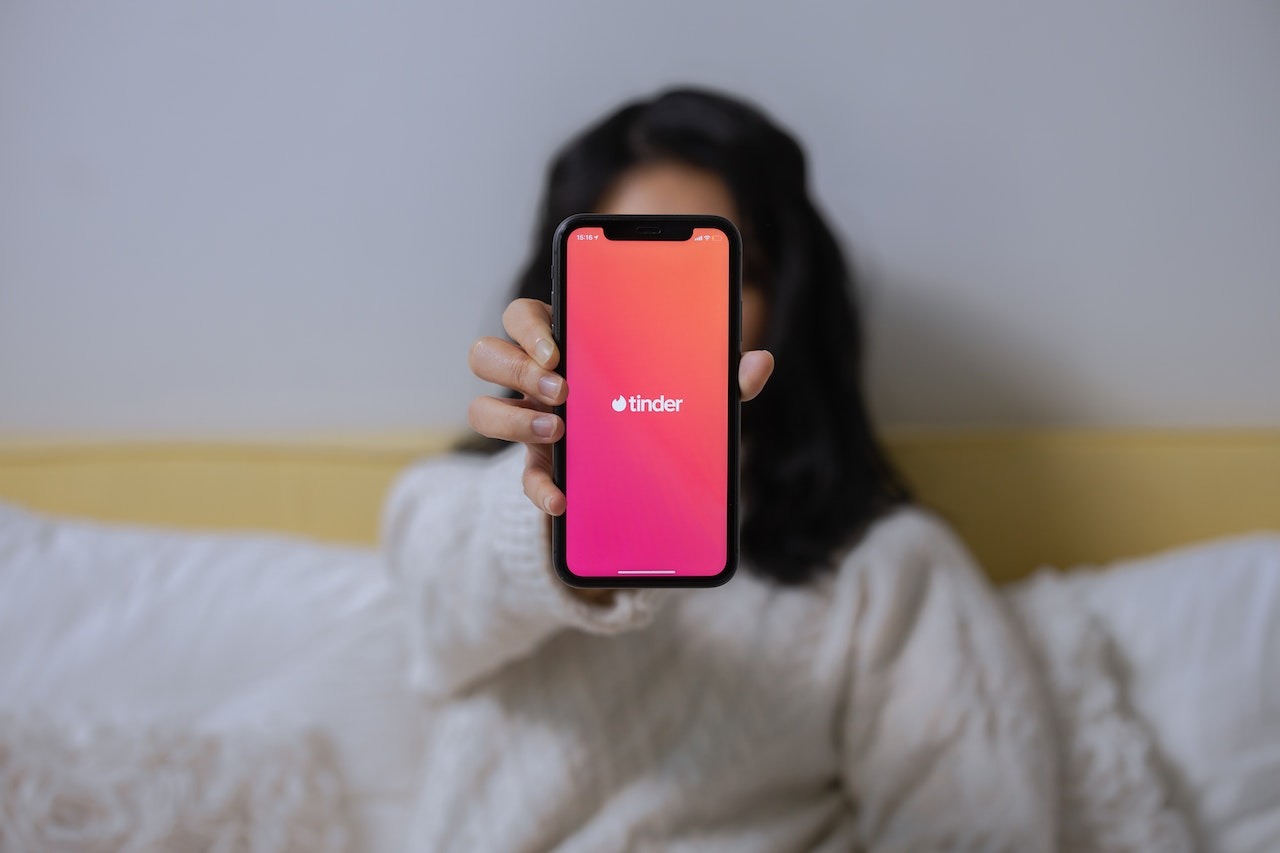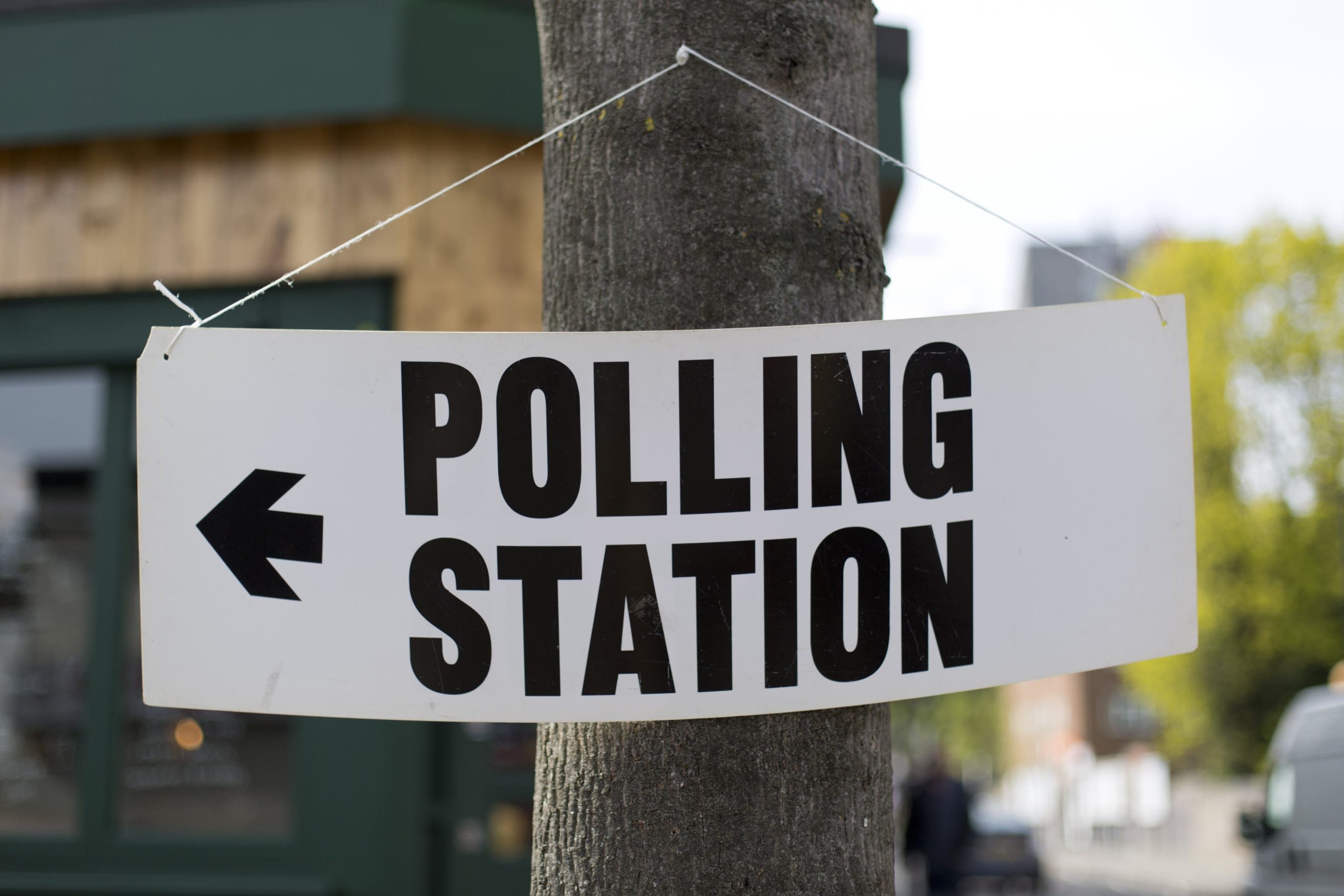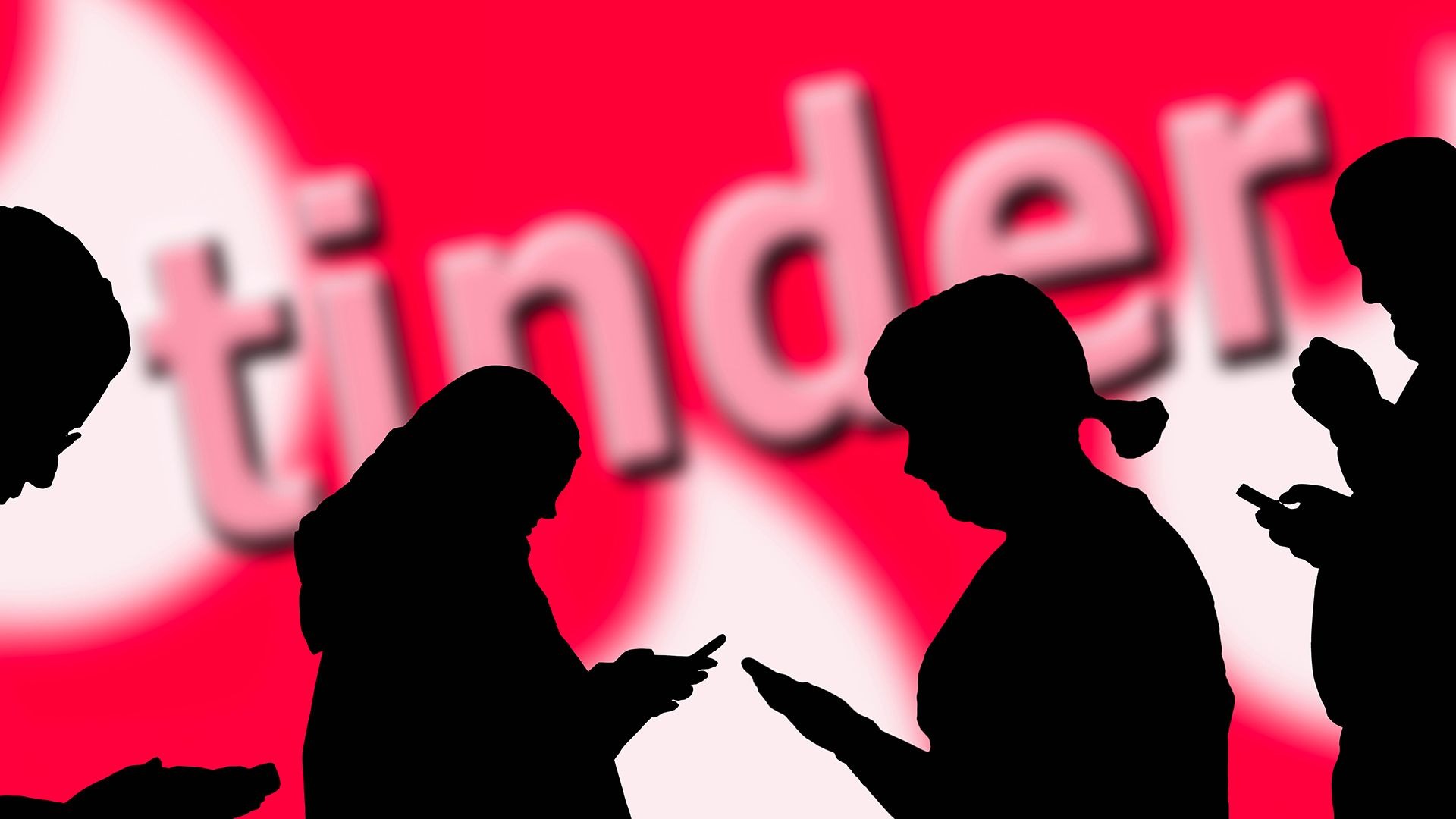The way people meet romantic partners has changed greatly over the years. In the past, introductions mostly came through friends, religious gatherings, family ties, or community events. People relied on real-life interactions to form connections, and relationships were often shaped by culture, tradition, and physical closeness.
Today, that picture looks very different. With phones in hand and internet access becoming widespread, dating has moved from face-to-face beginnings to clicks and swipes.

Many now start romantic conversations through dating platforms without even exchanging greetings in person. As surprising as it may sound to those raised with more traditional views, it is now common for couples to fall in love and even get married after meeting online.
From simple websites with basic messaging to advanced applications that use algorithms to suggest matches, the growth of technology has changed not just how people meet but also how they build intimacy. This move has created new styles of interaction, added convenience, and introduced both fresh opportunities and fresh challenges.
The Beginning Stage of Online Matchmaking
Online dating did not begin with smartphones or social media. It started quietly through websites where people created profiles and communicated through email or chat rooms. At that time, many viewed it as strange or even desperate. Those who used such services often hid it because it was not widely accepted. They preferred to say they met “through mutual friends” rather than admit they registered online.
These early platforms focused more on connecting people based on shared hobbies, religious values, or professional backgrounds. There was little pressure to be flashy, and many joined with serious intentions. Some found success, but the process required patience, long conversations, and clear expectations. Unlike today’s apps, people back then were not overwhelmed with endless options.
As internet use expanded and mobile phones became more common, things began to change. More users meant more chances to find matches, and companies noticed that. So new dating services were created to meet the rising interest.
How Dating Apps Changed the Rules
The creation of dating apps brought speed and ease into the process. Swiping left or right became the new way to judge attraction. This style removed long introductions and replaced them with fast decisions based on photos and short bios. For those looking for quick connections, this method seemed exciting and efficient.
Apps allowed people to meet potential partners far outside their usual environment. Someone living in a small town could match with someone in another state. It opened up doors that never existed before. With filters like age, height, religion, and interests, users could narrow their search in seconds.
While this allowed people more control over who they connected with, it also led to certain pressures. People began to judge too quickly based on appearance alone. This pushed many to present a version of themselves online that might not match who they truly are. The result was a mix of genuine matches, disappointment, and sometimes confusion about what people really wanted.
The Rise of Casual Dating and Temporary Interests
With more dating apps came a change in what people expected from online interaction. Instead of searching for lifelong partners, many started looking for short-term companionship or casual fun. For some, it brought freedom. They were not ready for commitment and preferred to enjoy themselves without stress. For others, this created emotional confusion.
A major issue that came with this style was lack of clarity. Two people could match and talk daily, but one might be thinking about marriage while the other just wants to meet for drinks and disappear. This mismatch in intention caused heartbreak for many who misunderstood the other person’s aim.
It also led to the rise of terms like ghosting, breadcrumbing, and benching, where people disappear without warning, give false hope, or keep others waiting with no clear interest. These habits started to affect the way people approached love and trust.
Online Dating’s Role During Social Restrictions
When physical meetings became difficult due to health concerns or global restrictions, online dating saw a large increase. Video calls, voice chats, and virtual dates became more popular. With people stuck at home, many turned to apps for company and emotional support.
This period brought a change in mindset. Conversations became deeper because meeting in person was no longer an immediate option. Some couples got to know each other through long video chats, game nights, and online watch parties before finally meeting in real life. It brought back some of the patience and thoughtfulness that older online dating styles once had.
At the same time, being limited to screens reminded many of the value of physical connection. Though online tools helped keep conversations alive, they could not fully replace the warmth of sitting face to face or walking side by side.
The Balance Between Options and Decision Fatigue
With hundreds of apps and thousands of profiles available to each user, dating began to feel more like shopping than bonding. People swiped endlessly, always wondering if someone better was just one scroll away. This behaviour led to what many call decision fatigue, where having too many choices leads to stress and dissatisfaction.
Some users became addicted to the act of matching rather than building real relationships. They felt good when they got attention but lost interest after a few days of chatting. Others began to feel invisible or unwanted when they did not get the results they hoped for.
Though these platforms claim to bring people together, they can also make people feel more alone when expectations are not met. The quick style of swiping sometimes prevents people from giving each other a fair chance.

Safety and Caution in Digital Relationships
Online dating, like any other form of connection, comes with risks. Some people have found real love, while others have fallen victim to scams or emotional manipulation. Trust becomes harder when someone’s profile can be completely different from their real personality or intention.
To avoid falling into the wrong hands, users are now advised to meet in public places, avoid sharing personal financial information, and take their time before becoming emotionally or physically involved. Some dating platforms have started including identity verification and safety features, but the responsibility still falls on the individual to remain alert.
It is also common for people to build deep emotional connections online only to realise there was no real bond when they finally meet. This shows that both emotional and physical connection matter and should be balanced carefully.
Real Relationships Are Still Possible
Even with all the challenges, many people have found lasting love through online dating. They met people they might never have crossed paths with otherwise. Success came not from swiping quickly or trying to impress with fancy pictures, but from honest conversation, shared values, and mutual respect.
What often matters most is not how people meet, but what they do after they meet. Online dating is only the door. What happens beyond that depends on communication, patience, and shared goals. Some couples who started with a short message on an app are now building families and lifelong connections.
Dating apps may have changed the method, but the goal remains the same. People still want to feel seen, heard, and loved. Whether it starts online or offline, the strongest relationships grow when both people are willing to show up with honesty and real effort.
The Future of Digital Connection
Technology will keep changing, and with it, the dating space will also continue to change. Video profiles, virtual reality dates, and smart suggestions based on voice patterns or eye movements might become normal in the future. But even as the tools become more advanced, the need for understanding, truth, and emotional connection will remain.
More people are now combining online dating with traditional ways of meeting. They go on apps while still attending events, taking classes, or meeting through work. This mix creates a better chance of finding someone whose energy matches both digitally and physically.
While it is easy to get lost in the options and trends, those who stay clear about what they want and how they wish to be treated usually have better results. It is no longer strange to say “we met online” because what matters more is how you grow together after the first message.
So whether you are just starting to use dating apps or you have been on them for years, what helps most is staying true to yourself, setting boundaries, and remembering that connection still comes down to honesty, respect, and shared intention.









Leave a Reply